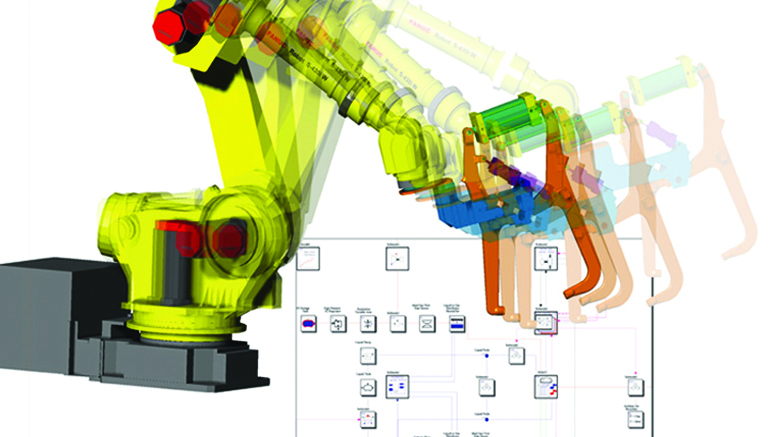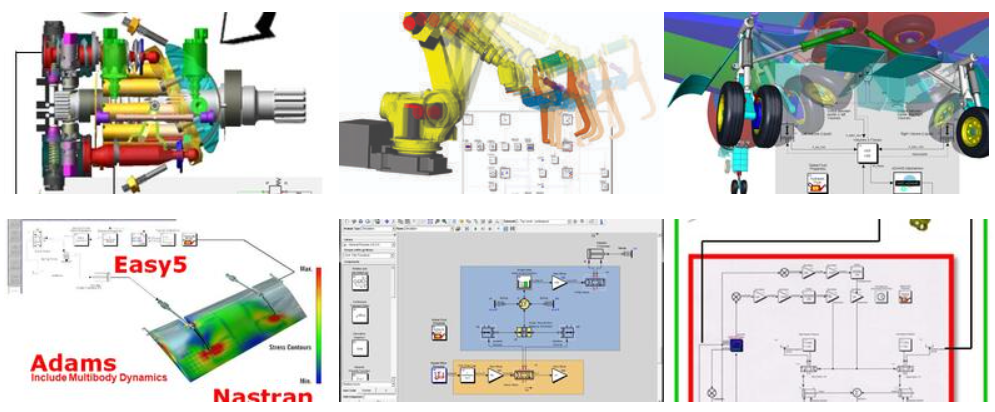
Pneumatics, gaseous flow, temperature, electrical, mechanical, refrigeration, environment control, lubrication or fuel systems, control systems, and sampled-data/discrete-time behavior should all be accurately simulated.
Engineering complex systems, such as those found in cars, airplanes, agricultural equipment, and other machinery, calls for a systems-engineering methodology that tests the system as a whole in addition to its individual parts and subsystems. The time-consuming and costly nature of traditional build and test processes makes it more difficult than ever for all industries to balance the competing demands of speeding up time to market and boosting innovation.
First-order differential or difference equations are commonly used to characterize dynamic systems, or those whose behavior as a function of time is significant. Easy5 is a graphical, schematic-based program that makes the development and analysis of such systems simpler. Quick and accurate system simulation is made possible by an extensive collection of pre-packaged components that are kept in application-specific libraries, making it easier to assemble a realistic model. Engineers build and describe data connections between components in an easy-to-use, multi-level hierarchical modeling environment by working inside a familiar schematic sketching paradigm.
Engineers created Easy5 with the goal of effectively resolving practical industrial issues. Thanks to constant development, Easy5 has been the go-to simulation tool for several intricate and challenging systems for more than 40 years.

Features of the Easy5 software:
- Thermal hydraulics: active suspension, fuel injection, anti-lock braking, landing gear, power shift transmission, actuation, and lubrication systems.
- Gas dynamics includes adsorption, gas phase processes, HVAC, ECS, multi-species gaseous systems, air and steam cycles, propulsion, sterilizing, high-pressure gas, and gas transportation.
- Multiphase fluids include those used in fuel systems with volatile, unusual fluids, cryogenic pipe networks, air conditioning, temperature control, steam/water systems, and refrigeration.
- Data collection sampling rates, asynchronous communication, analog and digital electronic filters, control loop execution rates, network (CAN) bus connectivity, and other aspects of hardware and software assessment are all governed by systems.
- Electrical systems include batteries, power electronics, AC/DC machines, and others.
- Plant modeling for flight dynamics and many other physical systems is accurate and detailed.
Faster Development Cycle: Engineers are able to save time since Easy5 has inbuilt component libraries thus they can construct and test systems in minimal time.
Lower Costs: It saves on the cost of constructing physical prototypes thus reduces cost.
Improved Accuracy: System behavior on a complex system is possible to be modeled and verified during pre-production, which minimizes mistakes.
Flexible Integration: Easy5 can be used in combination with other CAE software with ease, which simplifies its integration into existing processes.
Simulation Tool















